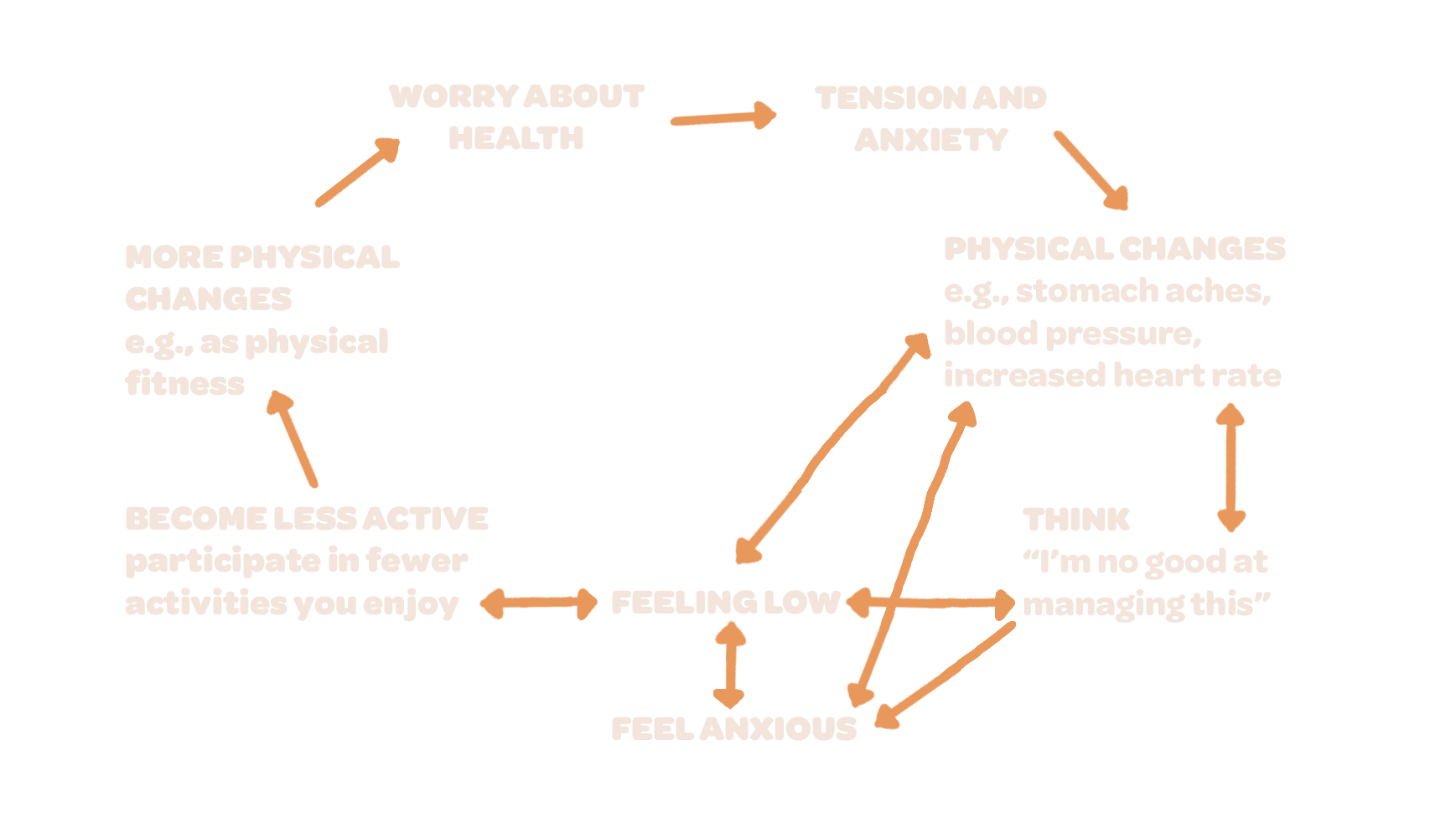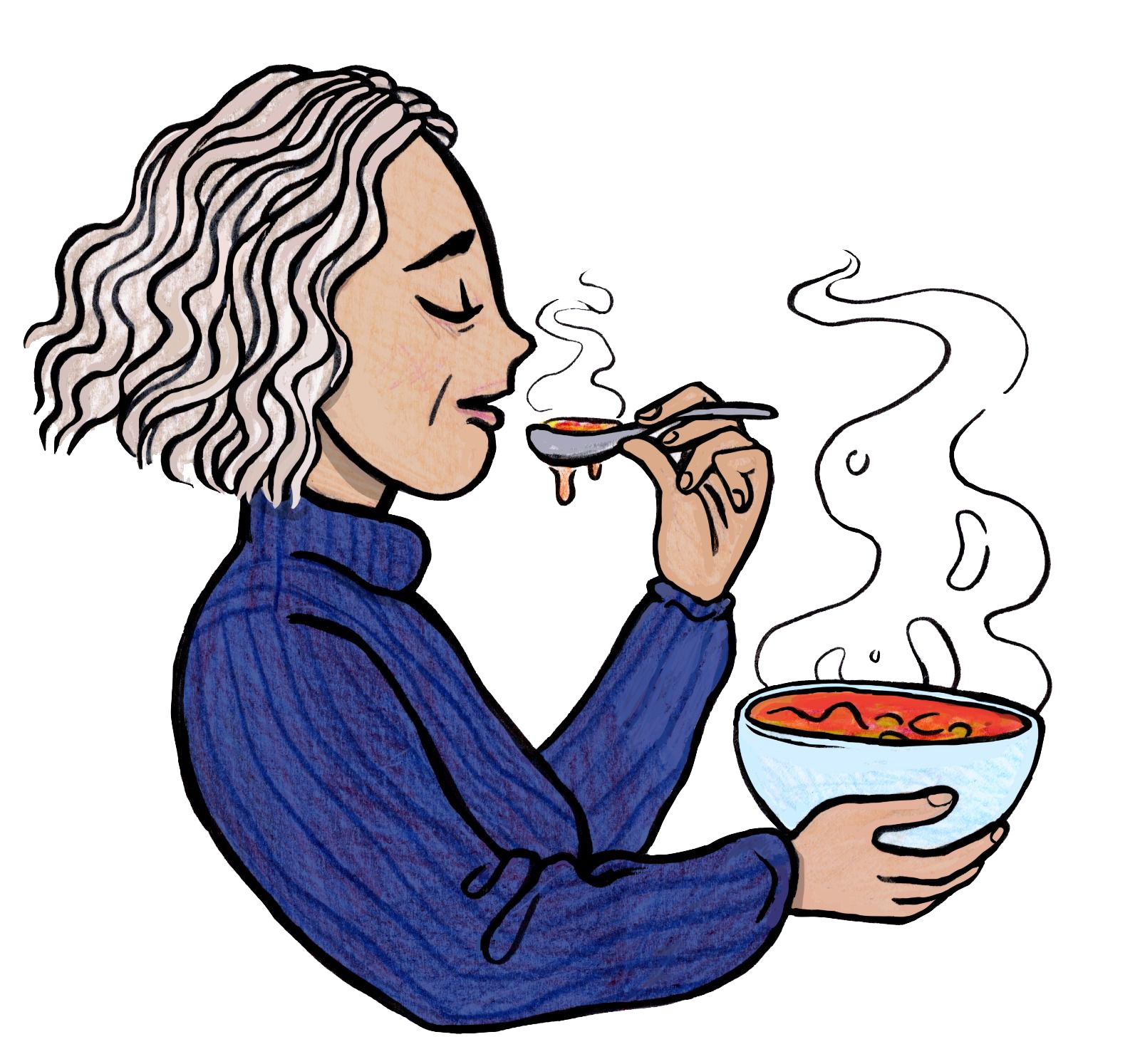GUTTED OVER COELIAC
GUTTED OVER COELIAC
SESSION TWO
Thank you for taking part in session two of ‘GUTTED OVER COELIAC’ please see below for the link to relevant resources.
Developing Acceptance
and Improving Quality of Life
The start of the session allowed space for check ins, reflection on the previous session and on the tasks set.
During the session we looked at the following areas:
At the end of the group, to support you in developing your psychological toolkit, it was suggested to (if this feels like a lot, you may wish to separate these into weeks again):
Reflect on your own threat to opportunity situations on a regular basis
Practice Problem Solving
Implement TRACs having recognised the TRAPs
Engage in Activity Scheduling and Behavioural Experiments
Develop and build on your own Restorative Management Plan
Read and Practice the Sleep Support, Relaxation and Mindfulness and Gratitude Journalling if this meets with your values
Please also remember to complete the post-group questionnaire! (link at the bottom of this page).
STRESS AND RELAXATION
SOME FURTHER READING…
Following a diagnosis of CD, people often worry about what this means, restrictions and cost of following a gluten free diet. Thoughts around the communication of needs or impact on others may also occur and may lead to thoughts and feelings such as I’m unsupported, misunderstood, a burden or alone resulting in stress, low mood and anxiety. However, unfortunately, this can be expected when coming to terms with, adjusting and living with a long term diagnosis.
Furthermore, this tension can impact our motivation, desire or level of enjoyment in activities we previously enjoyed and can further impact us physically. As research tells us, stress is a leading factor in both mental and physical illnesses meaning it is essential we address our own stress levels on a regular basis.
Below is a diagram that displays a ‘worrying about health’ cycle.
DIAGNOSIS
Relaxation
Relaxation is a suggested method in managing the tension and stress of living with long term health conditions such as coeliac disease. This is not an overnight fix, it is a skill and can take time for our bodies to adjust to the message of safety we are sending it.
Some benefits of relaxation can be that it helps you sleep better, helps you manage daily life more easily and can generally make you feel happier, calmer and in control.
BENEFITS OF RELAXATION AND MINDFULNESS
Mindfulness
Mindfulness is a skill you may have also heard of before. It brings focus on the present where usually our minds are busy thinking about the past or future. It does this by encouraging the use of the five senses (touch, sight, smell, taste, hearing) and breathing, connecting with your body and your environment and bringing in awareness without overwhelm. This can take a lot of practice to see the effects but there are many different forms of this to try and see what you like.
Some benefits of mindfulness suggested in research is that it reduces stress, anxiety and low mood, boosts attention and working memory, improves adaptability to situations and improves immune functioning due to the lower stress levels.
VISUAL EXPLANATION
JAR OF WATER AND GLITTER
Imagine your mind is a jar, the glitter symbolises your thoughts.
If you shake the bottle the glitter moves quickly around the jar. It seems quite chaotic!
If you slow down (put the jar down), take the time to breathe, relax, and be mindful, the water becomes more clear (you can see more clearly).
The glitter is not moving around so much if at all.
This is a visual representation of how your mind may be before and during/after relaxation and mindfulness practice. The more you do it, the more clear the water and the bigger the benefits you will experience!
Relaxation makes you feel good.
Relaxation has no unpleasant side effects.
Relaxation helps you sleep naturally.
Relaxation helps you to cope with other stressors.
Reduces stress, anxiety, depression and psychological distress.
Improves use of emotion regulation strategies leading to less emotional reactivity.
There are many benefits to relaxation and mindfulness:
Boosts working memory and betters focus and attention abilities
More adaptive to negative situations and activates this region of the brain
Somewhat protects against emotionally difficult effects of relationship disagreements.
Increase immune functioning
Decrease task effort.
-
Sound is really useful in guiding our relaxation and mindfulness. You can either use relaxing music in all other activities listed or by itself.
The bell can be a soundtrack or a physical instrument you can use for approximately 5 minutes. This will be played to you in one of your sessions. Notice how the sound slowly fades and allow the sound to wash over you. Notice how this makes you feel.
-
Whilst on a walk, choose to practice mindfulness. Notice how your body feels when it is moving and what parts are working more than others. Notice if you are avoiding attention to any areas but don’t judge reasons if you are. Bring awareness to your surroundings.
You can bring in the breath control or the five senses here too.
-
This can be done anywhere i.e. whilst on a walk, in the bath, and on the sofa.
Make a conscious effort to bring awareness to each of your senses one at a time.
Follow the guide below and name:
5 things you see (or have not noticed before)
4 things you feel (i.e. clothes, chair)
3 things you hear
2 things you smell (you can bring an item to you if needed)
1 thing you taste
If this is challenging, try to start with:
1 of each sense or
Name 5 colours you see/ count right angles
Use all 5 senses whilst eating (i.e. a grape, orange) and notice your senses.
-
Play close attention to the physical sensations in your body as you slowly scan. The aim is to bring awareness.
Start by bringing awareness to your feet (toes, top, soles and heels). Notice temperature, pressure, or clothing). Move slowly up your body, imagining there is a ball of light moving with the scan. Move slowly. Some people like this with calming music.
Muscle relaxation is similar but the aim is relaxation rather than awareness. Instead of purely observing that part of your body, tense it for an equal length of time and relax. Slowly move up your body. Following this it is beneficial to relax completely for at least a minute. Item description
-
Try to breathe in and out through your nose (if this is generally clear). Allow your breathing to slow down.
Focus on your abdomen (just above your stomach), not your chest. To practise this, place a hand or book on top of your stomach and, feel it move up as you breathe in, and down as you breathe out.
After a while, close your eyes and regulate your breathing (In and count to 4, hold for 4, out and count to 5). If this is difficult, allow yourself to just breathe slowly and comfortably.
You can add to this by saying R-E-L-A-X slowly to yourself each time you breathe out. Do this for about 5 minutes.
-
Guided meditation is when the participant is guided by a practitioner. This can be in person, by video or sound recording or by written text.
These can include:
Visualising your safe space and imagine what you see, feel, hear, smell and taste
Support grounding, and instruct slow physical movements to increase awareness
Observe and allow your body to release tension, address negative energy and support enjoyment of simplicity.
Support improvement of sleep.
6. Relax your brow, your mouth and jaw and bring your focus to your breathing, how it feels, pace, temperature and rise and fall in your body.
7. If you notice yourself feeling distracted and your focus drifting, imagine your thoughts are on a moving conveyor belt. It is not necessary to pick them up and study them, allow them to be just thoughts without judgement and bring your focus back to your breath.
8. Avoiding judgement, give yourself time to practice and learn from this technique.
1. If appropriate, find a quiet place where you won't be interrupted
2. Loosen any tight clothing, ensure you are warm and get comfy i.e seated or lying down.
3. Gently lower your gaze or close your eyes, and rest your hands.
4. Relax your body into the chair, floor, or bed.
5. Ensure that your head and neck is supported and allow your shoulders to fall away from your ears
There are many mindfulness and relaxation exercises you will find through your own research and skill development. Below are a few examples, however, many of these benefit from following these instructions before you start:
EXAMPLES OF MINDFULNESS
AND RELAXATION EXERCISES
MORE EXAMPLES OF MINDFULNESS
AND RELAXATION EXERCISES
FITTING INTO YOUR DAY
As mentioned above, these skills take practice and are useful to reduce the impact of stressful experiences when living with a long term health condition.
We suggest:
Deciding on a regular time each day, this will help you to remember to do it. You may even want to add this to your activity scheduling.
Allow this time to be at least 5 minutes to set up and 10 minutes to practice.
Inform others that you live with so you are not disturbed.
Practise at least 5 days a week for your body to start feeling the benefit. You may start to notice longer term effects after 2 weeks.
What is your Relaxation or Mindfulness SMART Goal?
Gratitude journalling
Some research has suggested that journalling your gratitude in a notebook can be beneficial in reducing stress and improving mood and ability to manage daily life. By writing down 1-3 things every day that you are grateful for, small or large can be a daily activity that you may enjoy and feel an improvement in wellbeing from.
Examples:
I am grateful for this online intervention (hopefully!) and support from charities
I am grateful for the time I allowed to sit down and slowly drink my coffee this morning
Spend a few minutes writing yours out for today and if this if of interest to you, think about what time you may want to do this each day.
Remember to review your values and goal progress on a regular basis
THANK YOU FOR TAKING PART IN THE
GUTTED OVER COELIAC PROGRAMME!
Please complete the questionnaire pack.
You will be sent a reminder to complete the one month follow up at the appropriate time, this is for research purposes.





